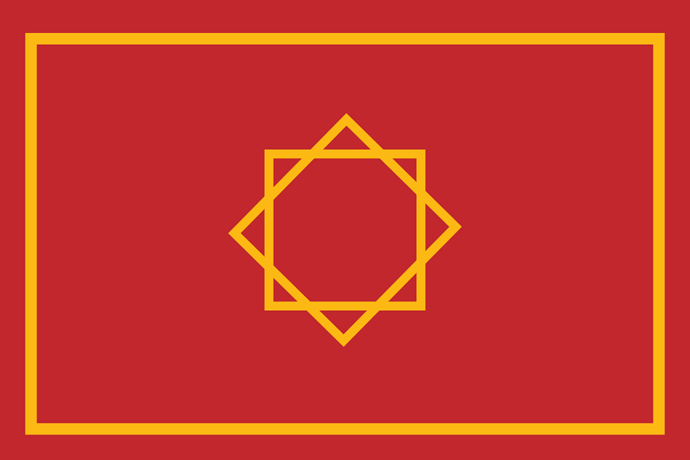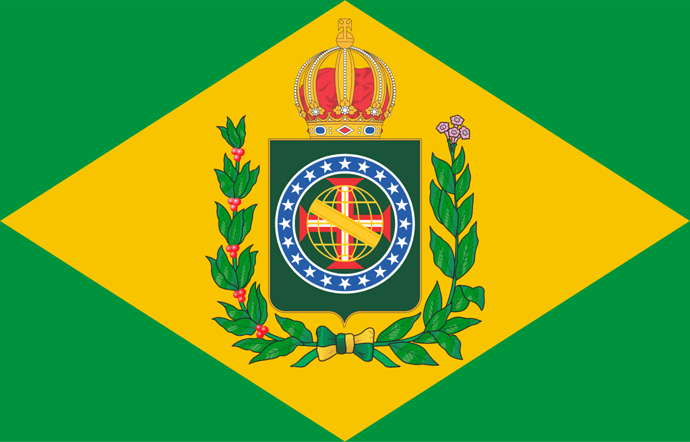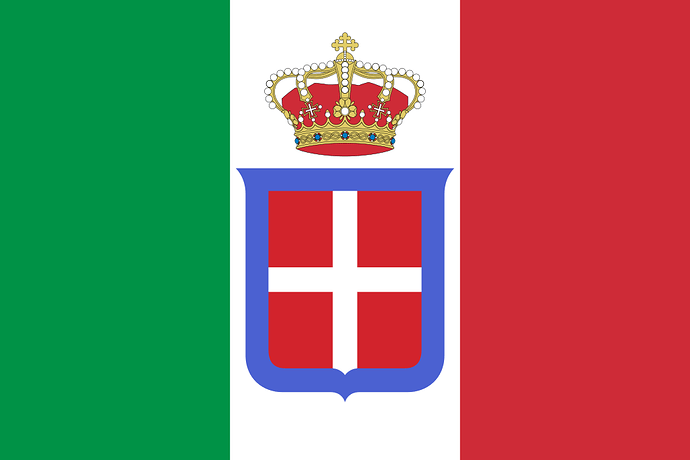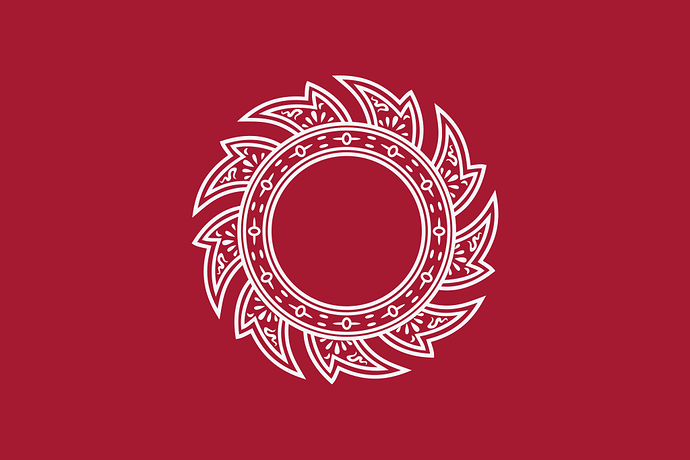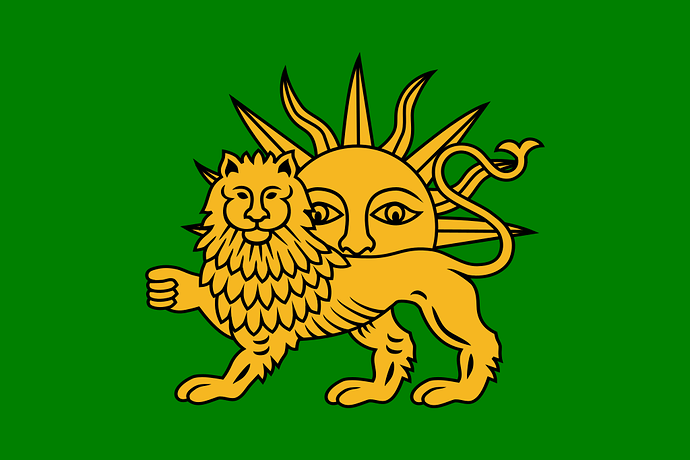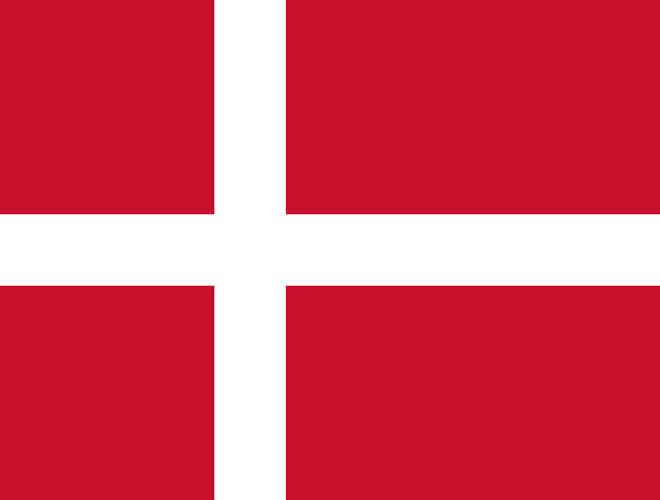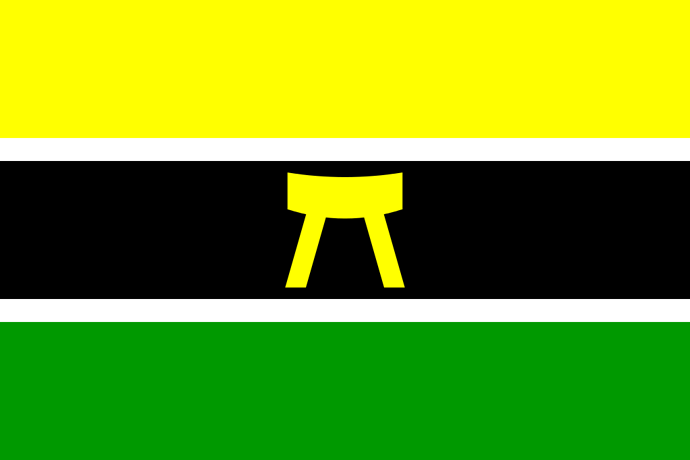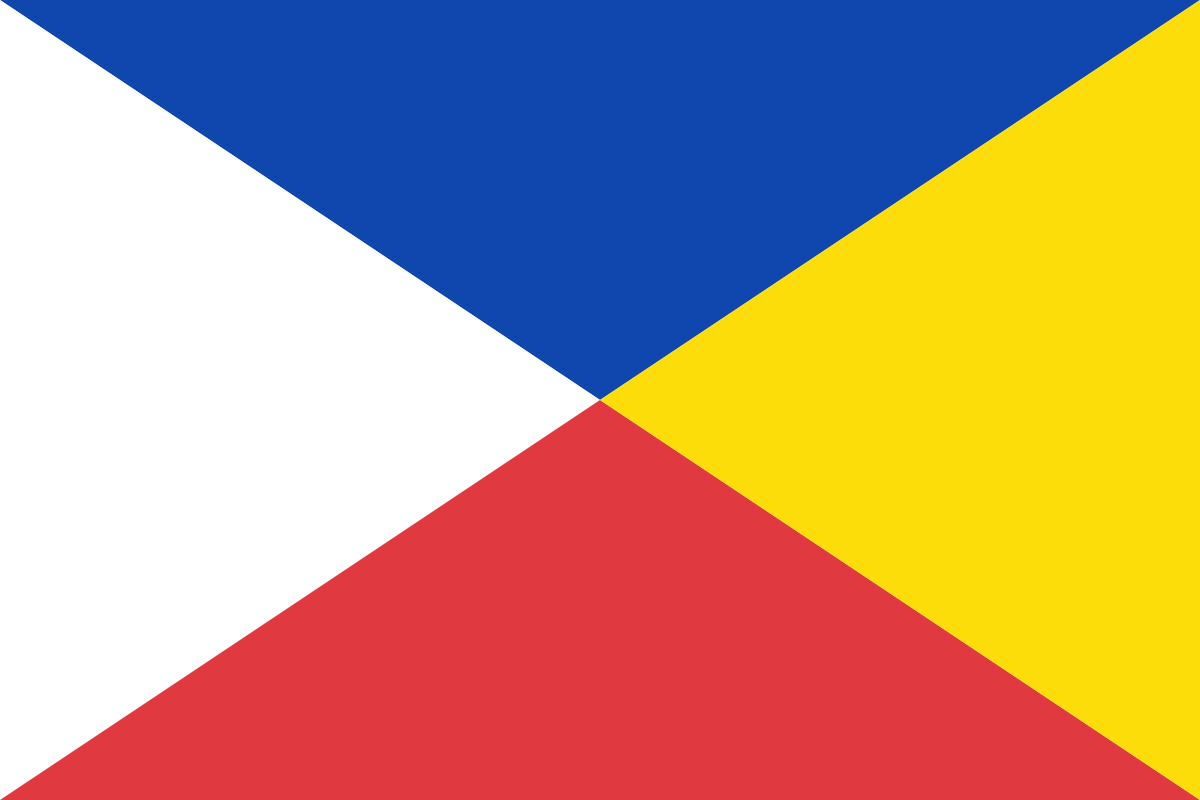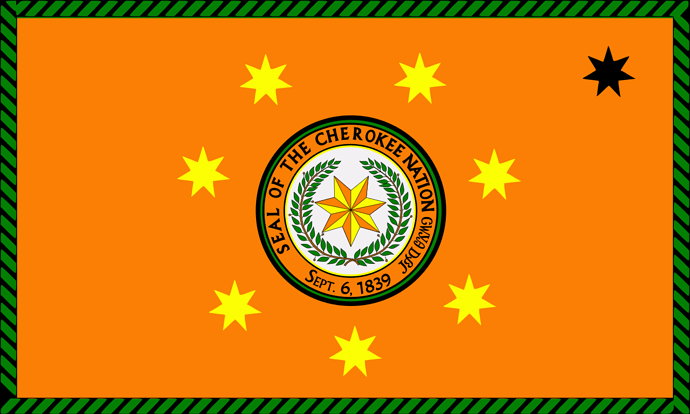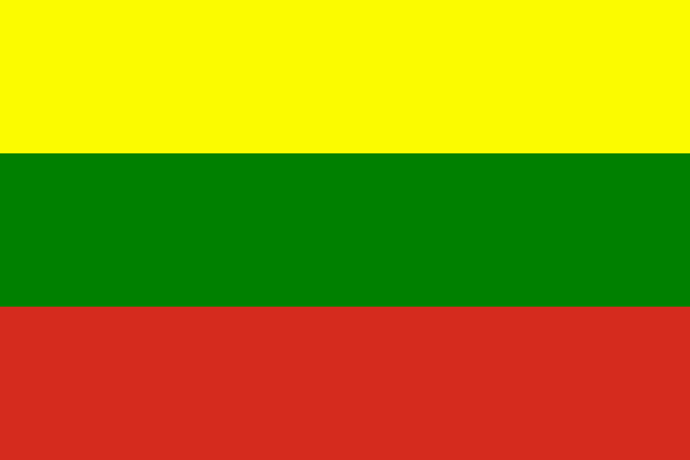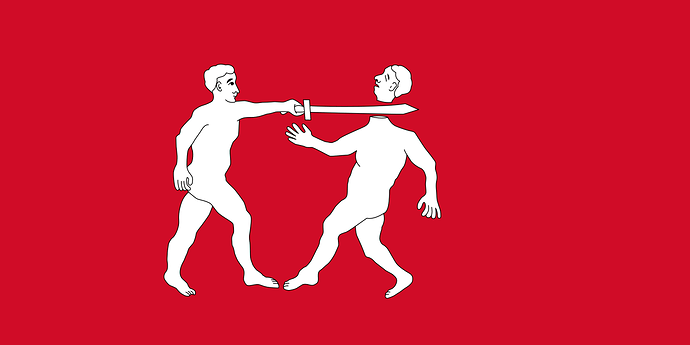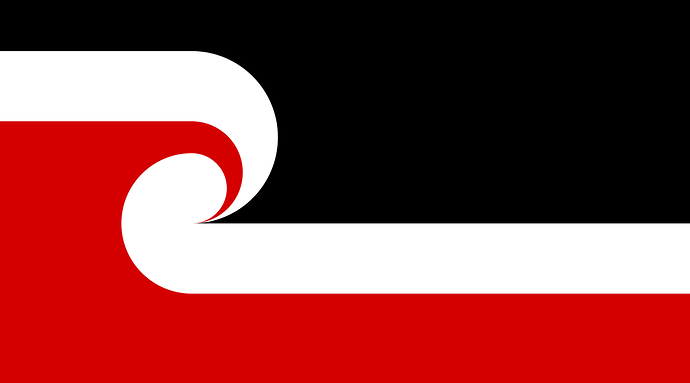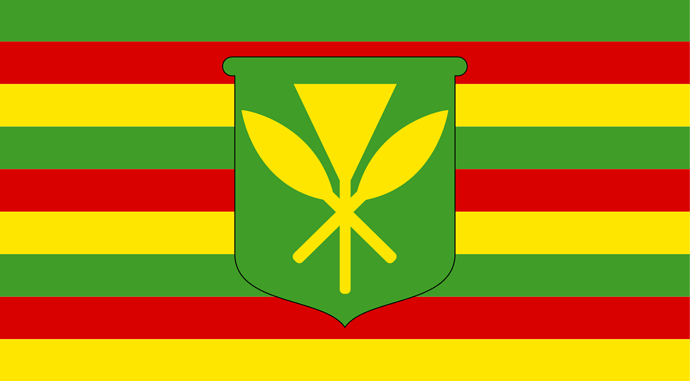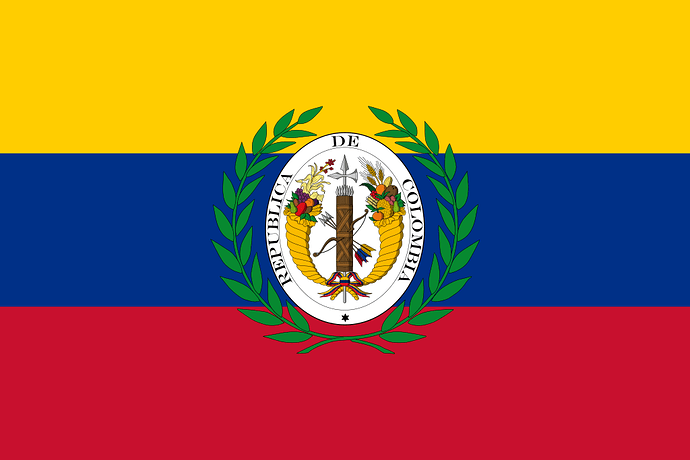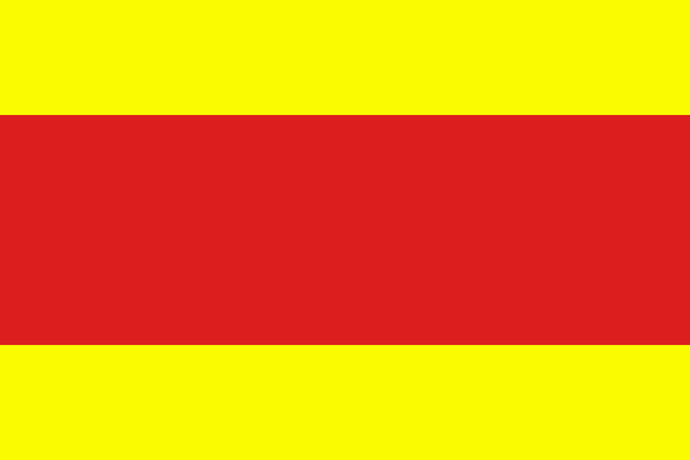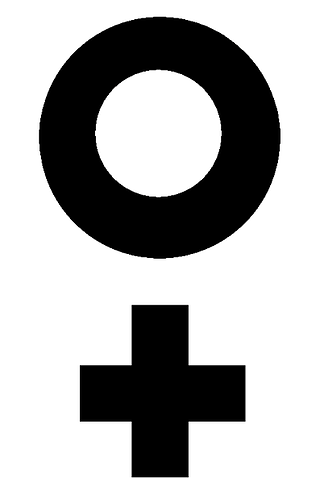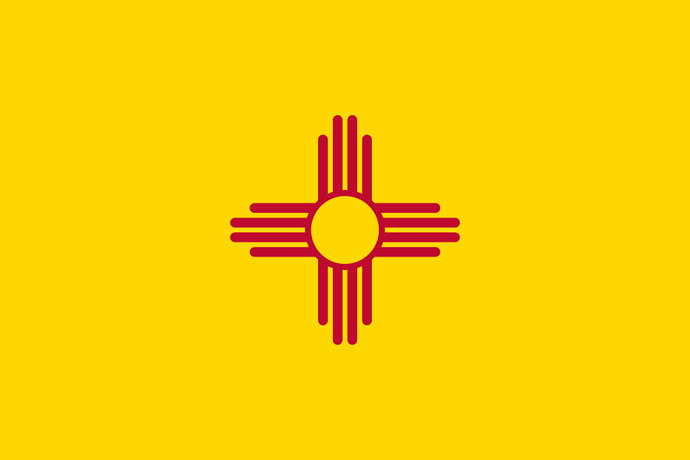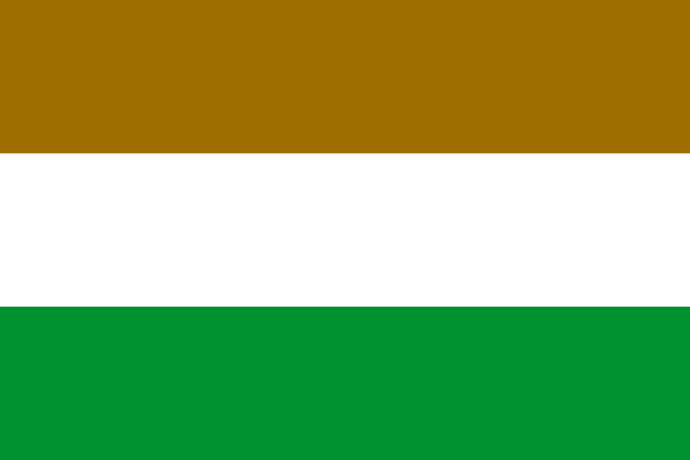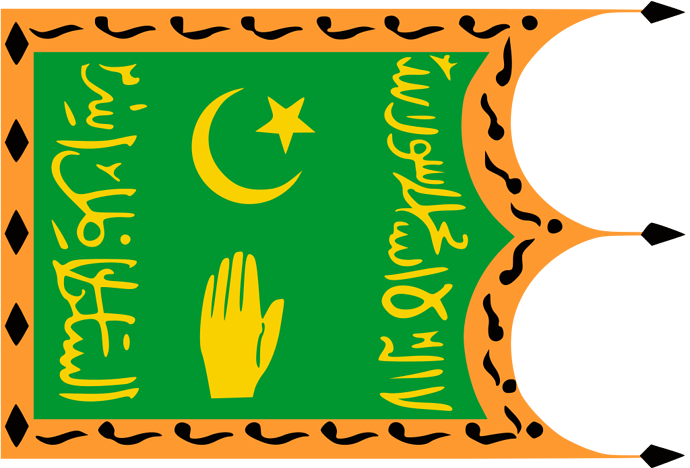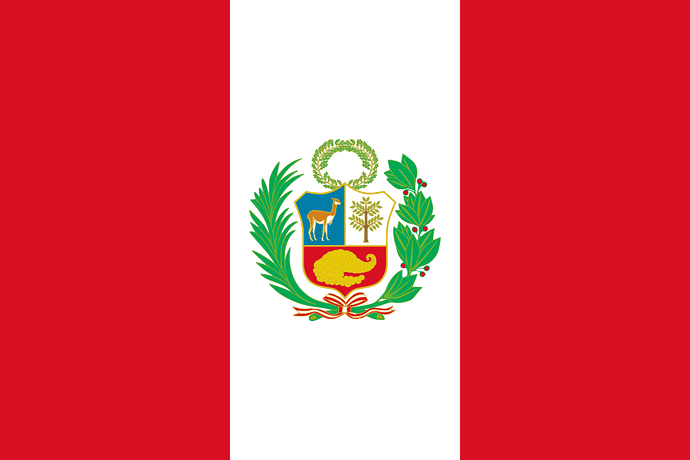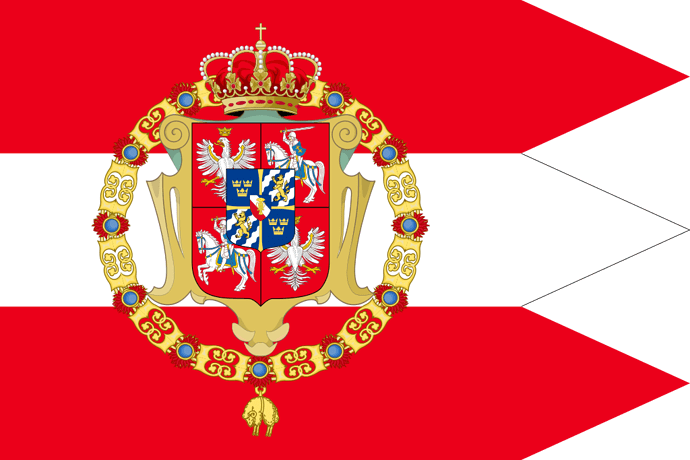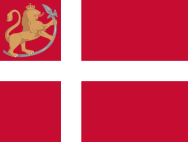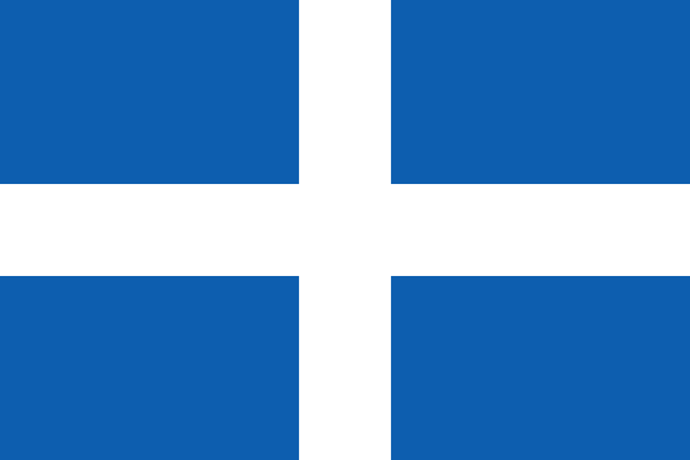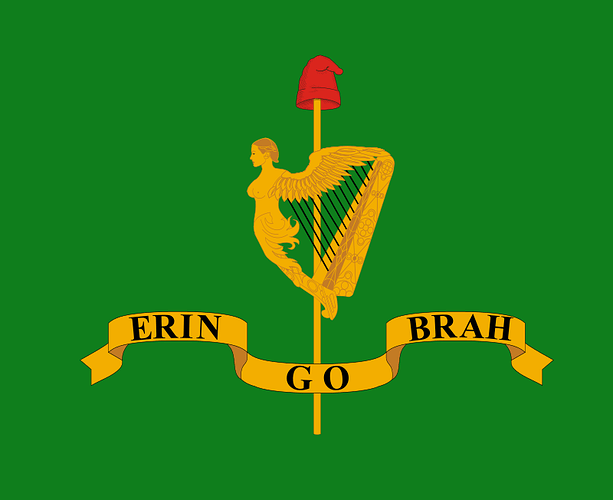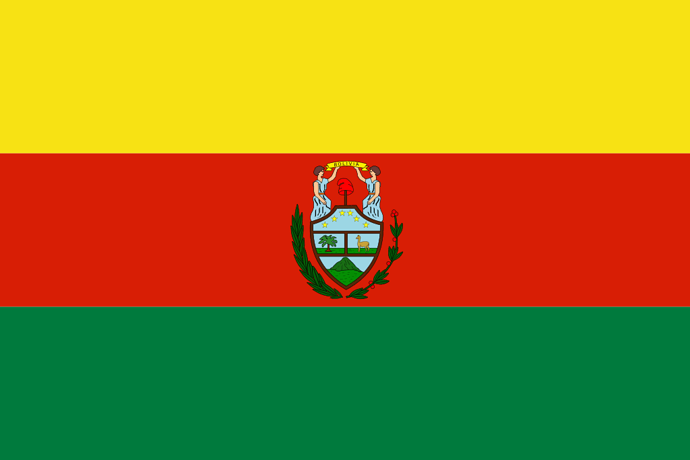>
INTRODUCTION
Hello All,
I wanted to make an extensive sum up gathering the most realistic expectations about the future potential incoming civilizations (civs) for Age of Empire III (AoE3)! Please keep in mind we must assess potential new civilizations according both to the game’s time frame (set between 1450-1880 ) and its theme choice of gravitating around the European Age of Discovery and latter explorations. As such, we are looking for civs entering into that period and having links with the subject chosen, and that thrive over a lasting span .
Consequently, I have attempted to identify several civs that, according to me, would be adequate candidates and used the mentioned prisms to sort them . In addition, I have also chosen to review several ones (e.g.: Poles-Lithuanians) that although seem quite unfit for the game, were requested here and there .
For each candidate, I have tried to exhibit the arguments supporting its integration and the cons advocating the contrary, again according to AoE3’s criteria. Moreover, in the rankings , I have taken into accounts the current civs number for each category (European, Asians…), that could constitute a hint for us to foresee the upcoming ones.
Indeed, as of May 2022, AoE3 possesses 9 European civilizations, 4 Native Americans , 3 Asians , 2 Africans and 2 Americans . As such, we can reasonably expect any new civs should come from one of the smallest categories, i.e., the African and the American, but also from the Asian one, that didn’t have a recent newcomer yet contrary to the Europeans and the Native Americans.
That being said, the further you go down the rankings, the more interchangeable are the places .
Finally, I have decided to use the game’s nomenclature referring to civs (‘Mexicans’, ‘French’…) rather than to state names (Brazilians v. Empire of Brazil).
MOROCCANS
To achieve the presumed standard of 3 representatives per category for the Africans, but also for having been covered quite extensively with units (Corsair Marksman, Xebec …) and a whole scenario (‘Battle of the Three Kings’).
Historically, through the Saadi (1549-1668) then the Alaouite (since 1666) sultanates, they are, with Ethiopia, perhaps the most powerful and stable African entity, having remained independent (French protectorate starts only in 1907), built an empire (submission of Mali), and thriving over an extended period that matches the game’s time frame.
They gather all the alleged prerequisites; I have been expecting them for a long time and was frankly startled Mexico got the spot instead of them!
BRAZILIANS
Similarly, to reach a triad for the American civs, Brazil would be the most logical choice.
The Império do Brasil (1822-1889) indeed was conceivably the most prosperous South American state, encountering a unique stability over an extended time, even succeeding in international conflicts (Platine War, Uruguayan War, Paraguayan War).
Each of these aspects of the Empire of Brazil, along its location in South America, makes it the best contender to be elected as the 3rd American civ, that so far have included 2 North American civs and none from Latin America yet.
KOREANS
Because the Asian category is the only one that didn’t enjoy a new addition so far, we can reasonably expect a newcomer here: Korea seems the most convincing choice, being China’s and Japan’s neighbouring power.
The huge length of Joseon (1392-1897) saw the establishment of Korea’s powerful administration and state affairs. Albeit weakened by Japanese and Qing invasions, the empire was able to rebirth through advanced bureaucratic measures and led a severe isolationist policy (that made it earn the nickname ‘Hermit Nation’) preventing and repulsing external (especially occidental) interference.
Still, it has to be underline Koreans, despite their initial repelling of their powerful neighbours, eventually became a tributary of first the Qing then the Japanese: a strong disadvantage against the other Asian favourite, the Thais.
ITALIANS
Originally planned, then withdrawn from the game’s 1st version, Italians can be considered as the last missing main European power. However, they share the same issue as Germany (created in 1871), having reached its modern shape only in 1864 , and thus a little too late for the game’s time period.
But whereas Germans had the Holy Roman Empire’s two tremendous powers of Prussia and Austria/Habsburgs to argue in its favour in the preceding periods, Italians have much weaker counterparts to offer for AoE3’s time frame. Indeed, Italians can count on the Republics of Genoa (11th c.-1797) and Venezia (697-1797) both declining since the 17th century, the Papal States quite weakened since around the time of the French Revolution (1789), the 44 years-long Kingdom of the Two Siciles (1816-1861), and finally the Kingdom of Sardinia (1324-1861), the true predecessor to the Kingdom of Italy that will unite the Peninsula, but that started to be significant only from 1847 .
Yet, Italians did produce famous explorers (Christopher Columbus, Amerigo Vespucci, John Cabot…) albeit usually under foreign service (Spain, Great Britain); were one of the reasons (along later Ottoman control of the Silk Road and half of the Mediterranean) for Europeans (starting with the Portuguese) to look for alternative spice routes due to their trade monopoly; and Sardinians participated in the European big wars (Crimea) starting from the 1850s.
THAI
A radiant civ for the neglected Asian category, starting to flourish in the 1730s (with the late Ayutthaya Kingdom ) thanks to international trade and asserting itself against its aggressive Burmese neighbour. Under the modernist Rattanakosin Kingdom (1782-1932), they ended the Burmese menace and expanded into Cambodia and Laos.
Thai are even the only South Asian nation to have maintained its independence against the British and French ambitions. Therefore, a serious candidate!
IRANIANS
A peculiar spot for them to take, but also a major lacking empire. Probably revolving around the Safavids (1501-1736), but easily extendable to Nader Shah’s Afsharids (1736-1796), the following Zand (1751-1796) and Qajar (1789-1925) dynasties, it would be the first-time a Western Asian power (the Ottomans have historically always been acknowledged as a European power) enters the game.
A powerful entity championing Shīʿa Islam , mastering the gunpowder (along the other Turco-Persian Ottomans & Mughals) and fielding huge armies, they erected themselves as a key bridge between East and West.
A true imperialistic entity, adventuring into Afghanistan, controlling parts of the Silk Road and one shore of the Strait of Hormuz, they must be a contender although their geographical particularity raises the question of their gameplay.
MAPUCHE
A preeminent candidate for the Native category, available so far as a minor civ. A populous, autochthonous nation originating from Araucanía , based on extended family ties under the leadership of a Lonko or a Toqui .
They firstly resisted Inca advance into their territory, then launched and won the war against the Spanish conquerors that tried to subdue them and exploit their gold-rich lands. During this conflict, Mapuche adapted to European warfare by imitating the fort building techniques, adopting the horse, evolving into guerrilla tactics and creating a strongly organized military that allowed them to levy big armies and successfully siege cities. Their victory led them to obtain recognition and peace from the Spanish through the Treaty of Quillín (1641), a breakthrough for American Natives.
Parallelly, Mapuche expanded into whole Patagonia, exporting their culture and influence, thus launching a process dubbed ‘Araucanization ’ of the area. First coexisting independently with the Republic of Chile, Mapuche were squeezed by the imperialistic ambitions of both Chile and Argentina, with the former eventually reaching Araucanía heartland in 1883 .
A fundamental Native Nation that withheld its independence for centuries, they would also be another contender from South America, to balance the other North Americans Native factions.
KONGO
With the long-standing Kongo Empire (1390–1857), the Kongo people are another serious candidate for the African category.
Its longevity and reign over a large chunk of West Africa, along its prosperity and engagement in international trade are strong pros, whereas its dependence on Portuguese trade and influence, along its internal instability are serious cons.
DANES
A surprising favourite frequently requested in this forum.
Rivalling with Sweden for the control of Norway, they did endeavour into a considerable colonial empire encompassing Iceland , the Faroe Islands and Greenland , but were much more limited further away (current US Virgin Islands, several cities in Eastern India and the Gold Coast).
Similarly, they did have a role in several European wars, but were always restricted to the immediate vicinity of their small Kingdom, that is to say the strategic Schleswig & Holstein territory and the access to the Baltic Sea .
Yet, bar the Italian issue of timeframe, they could be the last European civ absent.
AKAN
Already present in the game as a minor civ/alliance. A meta-ethnicity, similar to the Hausa, Akans had several entities like the Denkyira or the Akwamu states, but most pre-eminently the Ashanti Empire (1670-1902). A highly organised, developed and centralised state, built on a well-drilled fighting machine, the Empire draw the frontiers of modern-day Ghana, fuelling its income with immense trade of gold and slaves (1st slave trader of the region).
Their constant incursions against rival Akan Kingdoms like the Fante or the Ga, made them face the British over an extended time, until they were eventually defeated and annexed in 1900 .
That being said, the Akan coastal territories were dotted with European fortifications, preventing Ashanti full access to the sea and complete Akan autonomy/unification, instead having the Gold Coast , as it came to be known, influenced by the Portuguese, the Dutch, the Swedes or the English.
YORUBA
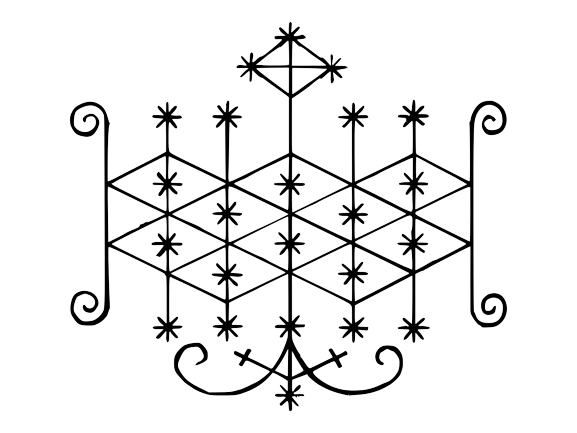
A meta-group, like the Hausa, they created the powerful Oyo Empire (1300-1896) that ruled much of Yorubaland and relied on their heavy cavalry and sophisticated administrative system, centred around the Alaafin of Oyo (this name appears on several treasures in the game!).
This combination allowed them to launch imperial expansion at the expanse of Dahomey and Ashanti, and far-reached raids deep into the neighbouring provinces. Highly urbanised, one of their cities, Lagos, came to be Africa’s largest city, attracting even Yorubas accomplishing the reverse slave trade journey by resettling in Yorubaland from Brazil (the Amaros).
Yorubas and the Oyo Empire nonetheless endured near annihilation by the Nupe occupation in 1535, only to rebirth and flourish from 1608 to 1825, when they were already in decline.
MAYAS
Reasonably the last major Native American civ missing, a multi-millenary civilization that developed thriving kingdoms, even though AoE3’s timeframe corresponds to the decline of the Mayas (Postclassical period : 950-1539).
Above all, we already have a version of them nicely done, mixing archaic units from the 1500s and modern ones linked to the later guerrillas (Chan Santa Cruz ), playable through a unique revolution with Mexico.
Besides, that would make another Mesoamerican civ, probably close to the Aztecs in terms of gameplay, or even to the Incas, thus lowering its chances.
ANIGIDUWAGI (CHEROKEE)
According to me, another main Native American civ left out (but present as a minor civ). Probably originating from the Haudenosaunee heartland from where they migrated South to experience the influence of Mississippian culture, the Cherokee were organized in towns protected by hilly and mountainous landscapes.
Possibly the most powerful Native confederacy of the South between late 17th c.-early 18th c. , they successfully engaged in the main conflicts of the time, and were heavily sought after by the British and the French. Stalwart allies of the British during the American Revolutionary War , they kept fighting the Americans up until 1794 .
Acknowledging irrepressible US advance that took big chunks of their lands, insightful Cherokee leaders embraced the Southern settlers’ culture, implementing cotton plantation, cattle growing, and inviting missionaries to open schools. The acculturation worked so well that Cherokee achieved a higher literacy rate than the neighbouring white settlers, thanks to the famous Sequoyah’s syllabary . Better still, Cherokee drafted their own Constitution (1827), established a printing press (publishing the 1st Native American newspaper ever in 1828), a National Committee that allowed them to advocate their interests to the American government, and finally reached their rights’ recognition through the Cherokee Nation v. Georgia (1831) and Worcester v. Georgia (1832) landmark cases. Nonetheless, wronged by the American government, they were the main Native group targeted by the dreadful Trail of Tears of the Indian Removal Act.
Still ambitioning a sovereign state and close to the US Southern culture that acknowledged slavery, Cherokee overall bid to support the Confederacy during the American Civil War and achieved once again fame by having two of their chiefs rising as preeminent Confederate leaders: William Holland Thomas and its well-known legion, and Stand Watie , the last Confederate general to surrender.
In the aftermath, Cherokee had their territory slowly eroded, their tribal system broken (Dawes Act, 1887) and their institutions dismantled (Curtis Act, 1898) but nevertheless tried to propose a full Indian state with the State of Sequoyah that was refused by Washington D.C. which instead implemented the state of Oklahoma.
A representative of the South Eastern woodlands, they left their mark in American history by adapting extraordinarily well to a new culture and mastering these new ways.
Having said that, their system and overall culture is somewhat reminiscent of their distant relatives, the Haudenosaunee.
NɄMɄNɄɄ (COMANCHE)
A surprisingly requested Native American faction, also findable as a minor civ.
Splitting from the Shoshones in the 17th c. , they were the first Natives to adopt a full equestrian culture relying on nomadism and bison-hunting.
Alternating between devastating raids and well-timed trade, the Comanche were able to lead a shrewd diplomacy that made them the main power of US South West between 1750-1850 over a large area coined ‘Comancheria ’, and made their language the lingua franca of the whole Southern Plains. Nevertheless, their extended trade network and dependency on plunder wasn’t enough to sustain the need of their powerful realm.
As a result, Comanche were forced to ally with the Cheyenne and the Kiowa and to raid deeper into Northern Mexican and Texan land. Eventually, the constant reinforcement of US Texas and the decreasing of Comanche populations, victims of excruciating smallpox epidemics, pushed them to accept the reservation life by 1875 .
One of the most powerful Native Nations through their extent and longevity, they were nevertheless less developed and organized than the in-game Haudenosonee or Lakota, while their supposed closeness in term of gameplay based on cavalry with the latter are to their disadvantage.
ZULUS
A renowned African nominee, through the Mthethwa Paramountcy (1780–1817) and then all the more through the Zulu Kingdom (KwaZulu) (1816-1897).
Zulus rose under Shaka (1787-1828) who laid the foundations for its nation with a revolutionary military emphasis (impi unit, assegai, buffalo horns formation), that then witnessed a fulgurant and aggressive expansion, breaking havoc (‘Mfecane ’) around their kingdom and even coming to challenge British rule in South Africa by gaining the upper hand in the early stage of the conflict (1879 ).
However, neither their dazzling nature over a relatively, yet impressive, short span, nor their multiple internal strifes, argue in their favour.
AFGHANS
An extrapolation of the West Asian team if Iranians do get their own shot, as Afghans emerged as a new force in that area with the Durrani Empire (1747-1823), the 2nd strongest Muslim state after the Ottomans in the late 18th c., and its successor the Emirate of Afghanistan (1823-1926) that famously held back no less than the British.
SOMALIS
A solid contender for the Africans, furthermore appearing in the game’s ’Christopher Da Gama’s Expedition’ scenario.
A deeply clan-based people that lead to the powerful Ajuran (Dawladdii Ajuuraan, 13th c.-late 17th c.) and its successors states, first and foremost the Geledi (Saldanadda Geledi, late 17th c.-1911) but also the Isaaq sultanate (1750–1884).
They developed a sophisticated hydraulic system, minted their own currency and established themselves as flourishing maritime centres trading with Venetians just like with the Ming. Their naval prowess enabled them to travel as far as Vietnam, and to send the first African ever to set foot in China.
Their prosperity attracted immigrants from Iran and Arabia, but also fed expeditions to settle colonies in Mozambique and the Maldives, while they resisted the Portuguese.
Somalis are already present as a minor civ and alliance though, and their fractured composition seems to back this representation. Similarly, their geographical proximity to Ethiopia would deprive us of discovering a civ from another part of the continent.
BURMESE
Another candidate for the East Asians.
Rulers of the largest Southeast Asian empire with the short-lived 1st Toungoo Empire (1510-1599), Burmese developed their country under the following Nyaungyan Restoration (1599-1752), and successfully repulsed the Europeans, the Mon, the Qing and the Thais under the Konbaung dynasty (1752-1885).
Eventually, their westward expansion led them to face the British, established in the region with the British Raj, during 3 consecutive wars that proved to be the costliest conflict for British India, but in the end annexed the whole country.
The extraordinary resilience of the Burmese against its numerous, powerful neighbours argues for their integration, however their slightly more instable history compared to the Thais, that besides were able to maintain independence from the British, make them perhaps secondary to their eastern neighbours.
EDO
Founders of the lengthy Edo Kingdom (or Benin, which has no relations with the current state of the same name) (1180–1897), concentrated around the city of Benin, a wealthy and highly organized entity ruled by the almighty Oba , that protected itself against its powerful neighbours’ expansion (chiefly the Oyo Empire) and European colonialism up until 1897 .
In spite of that, they do lack a true imperialist, expansionist attribute compared to the other nearby states, thus penalizing them.
OMANIS
A tough spot for a unique Afro-asiatic power, that emerged ousting the Portuguese from the Muscat and Ormuz region, and later prospered in the 1800s-1856 thanks to a thalassocracy based on trade, spreading from the full tip of Southern Arabia and Southern Iran, up to East Africa’s coast, with even outposts deep in Central Africa’s Forest.
They could be a contender for the African spot, but also for the Asians, where they would represent a new aspect of the continent.
MĀORI
A completely new horizon, meaning forging a new category to represent the last civilized continent of Oceania.
Polynesians that settled in the temperate climate of New Zealand, where they established powerful settlements (Pā) and the largest war canoes (wakas taua), they demonstrated their warrior culture against the British.
A somewhat national union of the Māori was eventually reached with the Kīngitanga (1858) to oppose more rationally British rule.
KĀNAKA ʻŌIWI (HAWAI’IANS)
Another Polynesian people to flesh out a possible new Oceanian category.
Landing in the Hawai’i archipelago in the 13th c ., they were organized in nobilities governed by ali’i, until Kamehameha I created a unified Kingdom in 1795 .
The Kingdom welcomed foreign influence that provided economic benefits through the introduction and exploitation of sugar cane plantations, and protection from colonization, until the American settlers eventually increased their domination so much so they overthrew the Hawai’ian ruling monarchy (1893 ), then voted to join the US (1898 ).
INDONESIANS/MALAYS/INDOMALAYANS
Divided in a patchwork of several rivalling Muslim Sultanates (Aceh , Johor , Mataram , Banten , Brunei ) at the time of AoE3 (exceptions such as Bali), all founded at the beginning of the 16th c. and annexed by the Dutch or British during the 19th c .
They were rich kingdoms thanks to a strategic location at the very heart of the spice trade and developed a strong navy.
Nonetheless, they are already available as a Revolution reflecting the earlier, much powerful Majapahit kingdom and the later Javanese guerrilla, while their fragmented entity plus their fall under European rule works against them, especially compared to the other mentioned Asians powers.
HAITIANS
The founders of the unique state successfully established by a slave revolt , the 1st American country to abolish slavery , the 1st independent Nation of Latin America and the 2nd Republic of the continent.
On one hand, they maintained their independence all along and controlled the whole island of Hispaniola for 22 years , but on the other hand they suffered constant political unrest and an immeasurable debt that crippled its economy for 122 years.
COLOMBIANS
The powerful and exemplary American state of Gran Colombia (1819-1831), founded by no less than ‘El Libertador’ Simón Bolívar himself.
A strong country, but that failed to last thus not supporting its integration in the game. Its presence as a Revolution for Europeans might be enough.
VIỆT
The last possible East Asian civ.
Expulsing Ming rule in 1427 , the Vietnamese expanded southward thereafter from the Hanoi region, to encompass broadly the modern-day borders of Vietnam.
Yet, the Đại Việt fragmented by 1527 into rivalling dynasties of Lê , Mạc , Tây Sơn , Trịnh , until the Nguyễn unified the country once and for all in 1802 . Under them, the country continued to battle for territories in Cambodia and Laos against the Thais, but could not resist French progression that was fulfilled when the Vietnamese State was turned into protectorates in 1884 .
CHILEANS
Once more, a Nation stemming from the Spanish Empire.
Obtaining their independence thanks to a collaboration with Argentines, Chileans enjoyed stability from a restricted governance that relied on raw materials’ exportation , engendering an economic upswing.
Eventually, this led to a dependency over these exports that motivated Chile to wage war against Peru, Bolivia, the Mapuche, to annex Easter Island , and to develop a tensed rivalry with Argentina.
SUDANESE
Just as the Somalis, Sudanese are already available as a minor civ and alliance.
Yet, they could be expanded further thanks to their long-lasting feudal Funj Sultanate (1504-1821), the neighbouring Sultanate of Dafur (1603-1874), Kingdoms of Shilluk (1490-1861) and Taqali (1750-1884), and the later Mahdist State (1885-1899) that ignited Sudan against the British.
Protected by their remote location deep within the continent, they were able to repel foreign intrusions until the Ottoman Egyptians launched their expedition in 1821 .
As such, these Sudanese states did not expand much out of their heartland, and mainly battled against each other, therefore weakening the arguments of erecting them as a major playable civ. In addition, that part of Africa is already covered by the Ethiopians.
PUEBLOANS
The preserved, tight-knit Native Americans relying on advanced agriculture and farming, initially inhabiting unique urban complexes that influenced later Spanish and American architecture in the US Southwest.
Leaders of one of the first successful revolt between Natives and Europeans in North America that drove out the Spanish, they were able to obtain protection regarding their traditions. Protected by the US government against Navajo raids, having good relations with the newly arrived Mormons, they eventually were forced to assimilate and join reservations in 1882.
For their endless ability to overcome successive invasions that allowed them to pass down their culture so vividly until today, to the point of impacting current US Southwest architecture, Puebloans deserve at least to appear as a minor civ.
ARGENTINES

Having in their ranks the Liberator of Chile, Peru y Argentina, José de San Martín , Argentina nonetheless endured thereafter a heated history of civil wars, desert conquest against the Mapuche, and wars against Brazil, Peru-Bolivia, France and the British.
Their turbulent nature works against them when compared to other South Americans candidates.
NDE (APACHE)
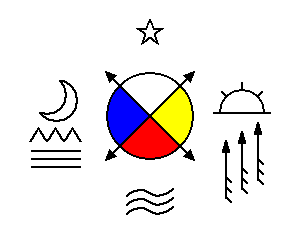
Immigrating from the Northwest of America into the current US Southwest between 1200-1500 , Apache were made of different tribes.
Alternating between raiding and trading with the Spanish settlers, they suffered a bounty on their scalps by the following Mexicans, that motivated them to start retaliatory, devastating raids, turning them into Mexico’s sworn enemy, even helping the US annexation of New Mexico in 1846 .
The US-Apache coexistence did not last due to the flow of incoming gold miners in Apache Territory in the 1850s, that launched the heated Apache War (1849-1886), a series of conflicts in which Apache earned their fierce reputation under the guidance of fantastic leaders such as Cochise , Mangas Coloradas , Victorio or Geronimo .
The latter’s surrender concluded the lasting conflict (even though the last Apache raid would be in 1924 ) that constrained the US to mobilize huge forces to deal with Apache raids.
Nonetheless, as fearsome their reputation was and taking into account the length of their ruthless struggle, Apache did not achieve the scale of their Comanche neighbours and rivals, thus placing them perhaps behind them on the ladder.
XHOSA
Another South African people. Xhosa had a kingdom established already by the 15th c ., based on clans of political, rather than ethnic, nature.
Waging 9 consecutive wars against the Dutch then the British, the Xhosa Wars (1779-1879) form the longest-running military conflict in the history of European colonialism in Africa.
Able to inflict severe defeats to the Europeans and demonstrating extraordinary resilience over a century, Xhosa on the other hand perhaps did not match the flamboyance of the Zulus.
UZBEKS
The last contender for the hypothetical Western/Central Asian category.
Splitting from the Golden Horde, Uzbeks created several entities that dominated Central Asia between the 15th-19th c ., such as the Bukhara (1506-1785) (later Emirate , 1785-1873), Khiva (1511-1873), Sibir and Kokand (1709-1876) Khanates, but also the Kazakh Khanate (1465-1847) whose founders originated from their ranks.
All fought alternatively against each other, against Mongol tribes, the Iranians and the Chinese, until they gradually fell under Russian rule by the mid-19th c.
